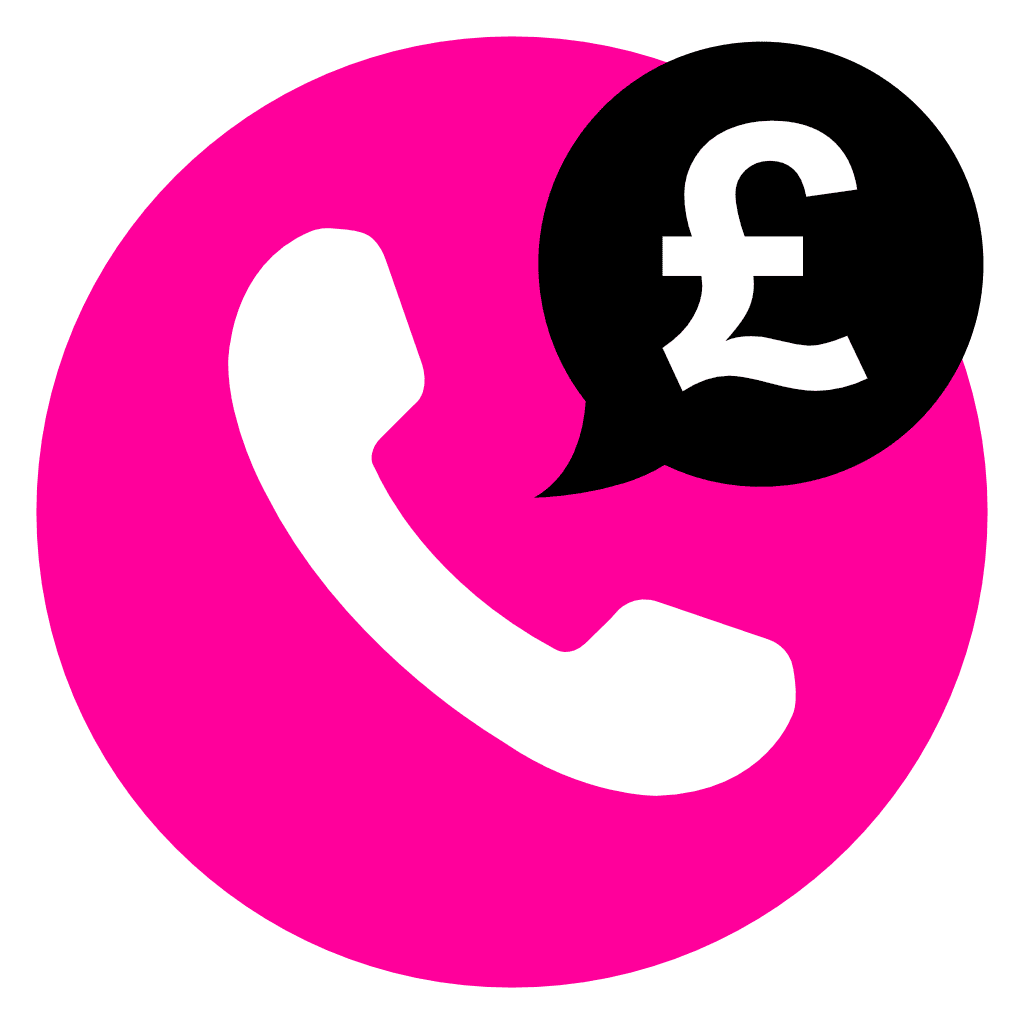When selecting a unified communications solution for your business, both Dialpad and 8×8 offer robust platforms with rich features tailored to businesses of all sizes. However, the choice between them can be challenging, as each has its own strengths in pricing, features, and user experience. This comparison breaks down the key offerings of Dialpad vs 8×8, enabling UK businesses to make an informed decision.
Overview of Dialpad and 8×8
Dialpad is a cloud-based communications platform known for its ease of use, voice intelligence, and integration with AI-driven tools. It’s designed with small to mid-sized businesses in mind but also scales to meet enterprise needs. Dialpad’s strength lies in its flexibility across devices, providing a unified experience whether you’re on a mobile, desktop, or web interface.
8×8, on the other hand, is a more established name in the cloud communications space. It offers a wider range of services, including VoIP, video conferencing, team messaging, and contact centre solutions. 8×8 caters to a broader spectrum of businesses, from small organisations to large enterprises, with advanced features aimed at scaling communication needs globally.
Dialpad vs 8×8
| Feature Category | Dialpad | 8×8 |
|---|---|---|
| VoIP and Call Management | – AI-powered voice intelligence with real-time transcription – Call routing, custom hold music, and multiple lines – Integrations with CRM like Salesforce | – HD voice quality – Advanced call monitoring and analytics – Call queuing, forwarding, and monitoring – Extensive CRM integrations |
| Video Conferencing | – Dialpad Meetings supports up to 100 participants – Basic video conferencing features – Screen sharing | – 8×8 Video Meetings supports up to 500 participants – Advanced features like meeting recording, webinar support, and integration with Microsoft Teams and Google Workspace |
| AI and Automation | – AI-powered real-time transcription – Sentiment analysis for customer service – Real-time coaching | – AI-driven call analytics for operational insights – Focused on advanced analytics for contact centre operations |
| Integrations | – Seamless with Google Workspace, Microsoft 365, and Salesforce – Limited third-party app integrations | – Extensive integrations with Microsoft Teams, Salesforce, Zendesk, and other contact centre tools – Broader API and app ecosystem |
| Contact Centre Solutions | – Basic call routing, IVR, and live monitoring – Suitable for small businesses | – Comprehensive contact centre features including omnichannel routing, workforce management, and AI-powered insights – Ideal for enterprise-level operations |
| Pricing (per user/month) | – Standard Plan: £12 – Pro Plan: £20 – Enterprise Plan: Custom pricing | – Express Plan: £9.99 – X2 Plan: £19.99 – X4 Plan: £38 – Advanced Plans (X6, X7, X8) up to £125 |
| Target Audience | – Small to mid-sized businesses – Focus on ease of use and AI features | – Small to large enterprises – Focus on scalability, contact centres, and global operations |
| Strengths | – AI-powered insights – Budget-friendly pricing – Easy setup and use | – Comprehensive contact centre features – Large-scale video meetings – Strong analytics and app ecosystem |
| Weaknesses | – Limited video conferencing capabilities – Basic contact centre features | – Higher pricing for advanced plans – Less intuitive for small businesses |
Feature comparison
1. VoIP and call management
Both platforms are built around cloud-based VoIP functionality, but their approaches differ slightly.
- Dialpad: Offers excellent voice quality with AI-powered voice intelligence. Its call transcripts, sentiment analysis, and real-time coaching are particularly appealing to businesses focused on customer service or sales. Dialpad’s call routing is seamless, and it also allows custom hold music, multiple lines, and integration with CRM systems like Salesforce.
- 8×8: Also excels in VoIP, providing HD voice quality and call handling features such as call queuing, forwarding, and monitoring. 8×8 offers more advanced analytics and call monitoring capabilities, especially for enterprise-level businesses. It integrates well with CRM systems and offers an extensive API library for customisation.
Winner: 8×8 for advanced call monitoring and reporting; Dialpad for AI-powered insights and ease of use.
2. Video conferencing and collaboration tools
With remote work becoming the norm, both platforms offer video conferencing and collaboration tools.
- Dialpad: Includes video conferencing via Dialpad Meetings (formerly UberConference), which supports up to 100 participants in its business plan. While it lacks some of the features found in dedicated video conferencing platforms, Dialpad Meetings is sufficient for businesses looking for basic video conferencing tools integrated into their communications platform.
- 8×8: Provides 8×8 Video Meetings, which allows up to 500 participants and includes features like screen sharing, meeting recording, and integration with third-party apps like Microsoft Teams and Google Workspace. 8×8 is more suitable for businesses with frequent large-scale meetings or webinars.
Winner: 8×8 for scalability and enhanced features for video meetings.
3. AI and automation
AI is becoming a crucial element in business communications, driving efficiency and improving customer engagement.
- Dialpad: Its AI-driven voice intelligence feature is a standout. It provides real-time transcription, call summaries, and highlights action items, which is invaluable for sales teams and customer support. The sentiment analysis tool is particularly useful for monitoring customer interactions and improving service quality.
- 8×8: Also uses AI for call analytics, especially in its contact centre solutions. However, its AI features are more focused on operational insights rather than conversational intelligence, as seen with Dialpad.
Winner: Dialpad for its advanced conversational AI features.
4. Integrations and app ecosystem
Both platforms offer strong integrations with third-party apps, which is crucial for businesses already using various software tools.
- Dialpad: Integrates seamlessly with Google Workspace, Microsoft 365, Salesforce, HubSpot, and other popular CRM and productivity tools. It also offers an API for custom integrations, although its app ecosystem is not as extensive as 8×8’s.
- 8×8: Offers a wider range of integrations, including Microsoft Teams, Slack, Salesforce, Zendesk, and more. Its integration with contact centre tools is particularly advanced, making it suitable for businesses with more complex communication needs.
Winner: 8×8 for a more extensive app ecosystem and better contact centre integration.
5. Contact centre solutions
If your business requires a contact centre, this is an area where 8×8 shines.
- Dialpad: Provides a lightweight contact centre solution with basic call routing, IVR, and live monitoring features. It’s ideal for small businesses or companies that don’t require a fully-fledged contact centre solution.
- 8×8: Offers a comprehensive contact centre platform that includes omnichannel routing, workforce management, performance analytics, and AI-powered insights. It’s designed to support large teams and complex operations, making it a better fit for enterprise businesses or those with high customer service demands.
Winner: 8×8 for enterprise-level contact centre solutions.
Dialpad vs 8×8 cost comparison
Price is a key factor for any business decision, and both Dialpad and 8×8 offer competitive pricing models.
- Dialpad:
- Standard Plan: £12 per user/month
- Pro Plan: £20 per user/month
- Enterprise Plan: Custom pricing for larger businesses
Dialpad offers excellent value for small to mid-sized businesses with its lower-tier plans, especially considering the AI features included.
- 8×8:
- Express Plan: £9.99 per user/month
- X2 Plan: £19.99 per user/month
- X4 Plan: £38 per user/month
- X6, X7, X8 Plans: Advanced plans that include contact centre features, ranging up to £125 per user/month
8×8 is more expensive at the higher tiers, but its plans offer more comprehensive features, especially for enterprises or businesses with contact centre needs.
Winner: Dialpad for budget-conscious small businesses; 8×8 for businesses needing advanced features and contact centre solutions.
Pros and cons
Dialpad
Pros:
- AI-powered call intelligence
- Easy to set up and use
- Affordable pricing for small businesses
- Seamless integration with Google Workspace and Microsoft 365
Cons:
- Limited video conferencing features
- Basic contact centre solution
8×8
Pros:
- Advanced VoIP, video conferencing, and contact centre features
- Extensive app ecosystem
- Scalable plans for enterprises
- Strong analytics and reporting tools
Cons:
- Higher pricing for advanced plans
- Less intuitive user interface for small businesses
Conclusion – Which is right for your business?
Choosing between Dialpad and 8×8 depends largely on your business size, needs, and budget.
- If you’re a small to mid-sized business looking for an affordable, AI-powered communications solution, Dialpad is a fantastic option. It excels in providing smart call insights and ease of use, making it ideal for customer support and sales teams.
- However, if you require more robust contact centre features, larger video conferencing capabilities, or scalability for an enterprise-level organisation, 8×8 offers a more comprehensive solution. Its higher-tier plans may come at a premium, but they deliver superior features for businesses with more complex communication needs.
FAQ – Dialpad vs 8×8
Dialpad offers lower-cost plans starting at £12 per user/month, while 8×8’s plans start at £9.99 but go up to £125 for advanced features. Dialpad is more cost-effective for smaller businesses, whereas 8×8’s higher tiers provide more extensive features, especially for enterprises.
Dialpad excels in AI with real-time transcription, call summaries, and sentiment analysis. 8×8 has AI-driven call analytics but focuses more on operational insights than conversational intelligence. For businesses needing AI-powered conversation tools, Dialpad is the better option.
8×8 offers more advanced video conferencing with up to 500 participants, recording features, and webinar capabilities. Dialpad supports up to 100 participants but lacks some advanced features. If large-scale meetings or webinars are important, 8×8 is the superior choice.
Both platforms offer CRM integrations, but 8×8 has a more extensive range, supporting platforms like Salesforce, Zendesk, and Microsoft Teams. Dialpad integrates well with Google Workspace and Microsoft 365, but its integration ecosystem is smaller compared to 8×8’s.
8×8 provides a comprehensive contact centre solution with omnichannel support, workforce management, and AI-driven analytics. Dialpad offers a basic contact centre setup suitable for smaller businesses. For larger or more complex operations, 8×8 is the stronger choice.
Both Dialpad and 8×8 offer mobile apps for on-the-go communication. Dialpad’s app is more streamlined and easier to use, making it ideal for small businesses. 8×8’s app is more feature-rich but might be overcomplicated for small teams.
Dialpad is known for its intuitive user interface and ease of setup, making it ideal for small and mid-sized businesses. 8×8 is more feature-packed but can be more complex to navigate, especially for users new to unified communications.
8×8 is better suited for large businesses and enterprises, offering more advanced features, scalability, and a broader range of communication tools. Dialpad is excellent for smaller businesses or those seeking simplicity, but it may lack the depth required for larger organisations.
8×8 provides a broader range of integrations with tools like Microsoft Teams, Slack, and Salesforce. Dialpad integrates well with essential tools like Google Workspace and Microsoft 365 but offers fewer integrations overall compared to 8×8.
Both platforms provide strong customer support, but 8×8 has a reputation for more comprehensive enterprise-level support, particularly for contact centre solutions. Dialpad’s support is highly rated for small businesses, with a focus on ease of use and troubleshooting for simpler setups.

